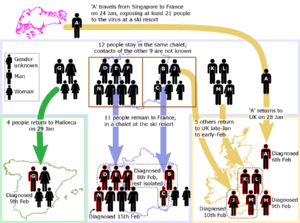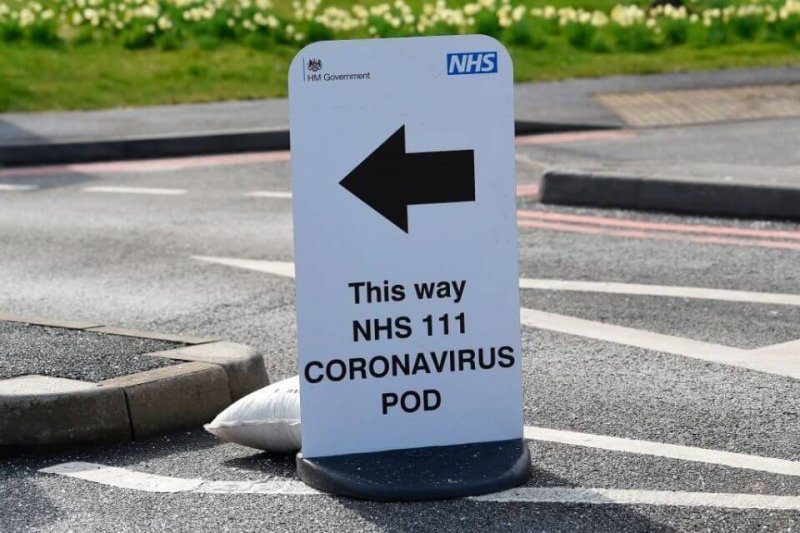When Emma Hodcroft read that, seemingly out of nowhere, a rash of cases of the novel coronavirus had popped up in Britain in late January, she started collecting media reports on them, searching the articles for clues as to how it had moved to the island nation. Early reports suggested that a lone traveler from Singapore, who was unaware he was infected with virus, had visited a French chalet for a few days and had spread the virus to others at the ski resort.
…
Hodcroft decided to generate an infographic showing the connections between the traveler from Singapore and the other coronavirus cases emerging in Europe. “I thought, I’ll make an image and see if anyone else finds this useful,” she says. She posted the image on Twitter, and “somewhat unexpectedly, it got a lot of attention,” she says. “People were definitely really, really interested in this. So I kept that image updated over the next week or so.” As she updated it, the graphic showed that at least 21 people were exposed to the virus at the ski resort the traveler from Singapore visited; 13 of those people ended up developing COVID-19, the disease caused by the virus.
































